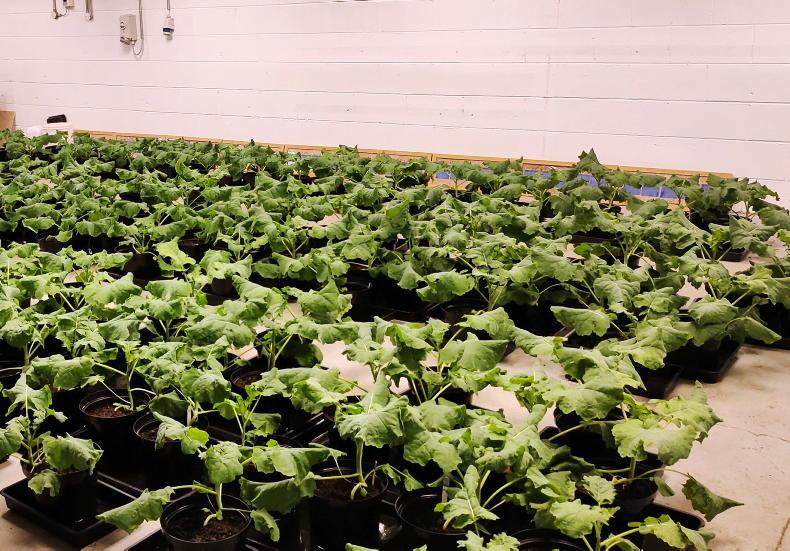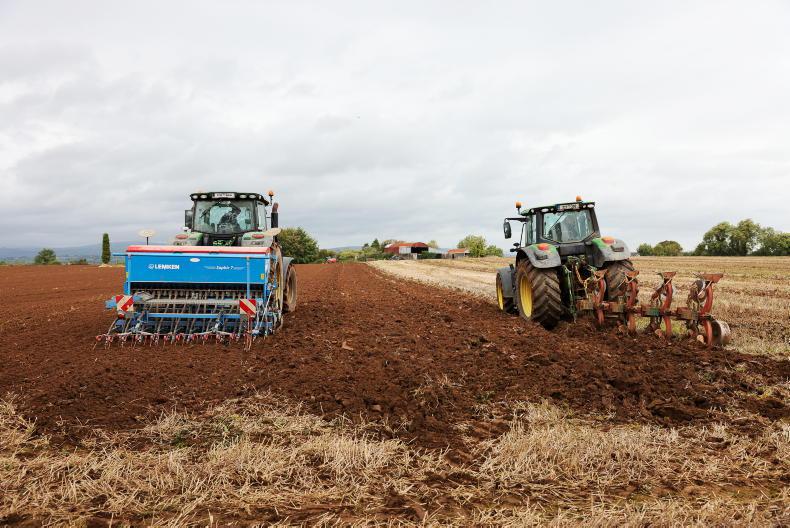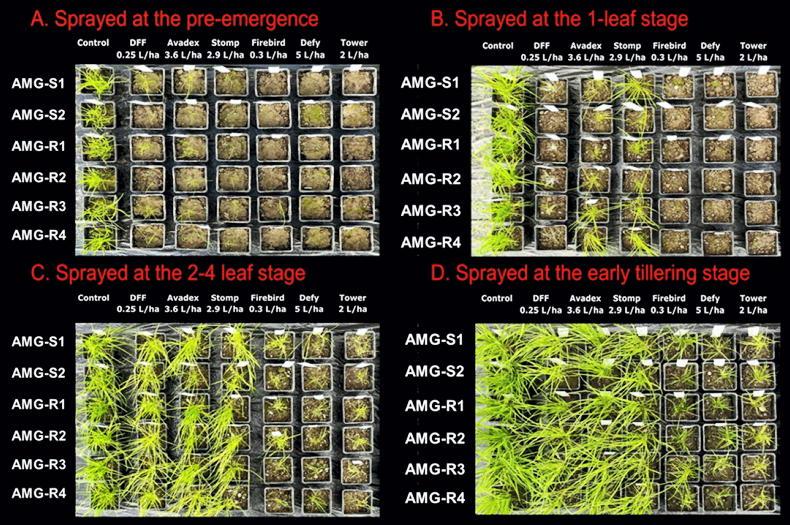Many in Europe long for the simplicity of a single relatively cheap herbicide to control all weed species, grass- and broad-leaved.
Parts of the world have had this ability for years through Liberty and Roundup-Ready crops but bit by bit nature evolved to produce species that are resistant to those actives or non-controlled species, which had not previously been weeds, as they began to proliferate in the space.
That is a simple summary of the fate of herbicide-resistant GMO crops. As problems evolved, product suppliers developed different mixes and formulations with other actives in an attempt to continue to provide a complete one-spray solution.
In the US one of the more recent of these was a formulation on a very old active, dicamba, which was added to restore control of some glyphosate-resistant weeds.
Active mixes
The reasoning was sound, the result less so. The co-product resulted in a co-operation between Monsanto and BASF at the time which caused significant crop damage in many parts of the US.
It seems that the theory was correct but the older formulations did not seem to work according to plan.
The early dicamba formulation used seemed to behave in a very volatile fashion. After it was applied as a spray to a tolerant crop it seemed to become volatile and move about as a gas which maintained its herbicide activity and caused serious damage to non-resistant varieties and a range of other crops in local regions which were very susceptible to the herbicide.

A US appeals court has ruled that the producers of biotech seeds and chemicals are liable for the damage that results to other non-target crops following spray application.
The end result was very significant damage to crops like soya beans, cotton and peaches in different regions.
Court cases ensued and in the most recent round, Monsanto and BASF reportedly failed to convince the appeals process that they are not liable for damages caused by the impact of dicamba on cotton and soya bean crops, which had been genetically engineered to tolerate the volatile chemical.
The court upheld a jury verdict from 2020 which blamed Monsanto and BASF for the herbicide drift which caused millions of dollars in damages to a Missouri peach farm.
Ruling may have implications
Basically the ruling implies that Biotech companies can be held responsible for any damages that may result from the misuse of genetically engineered, herbicide-tolerant seeds or any chemicals sprayed on them, at least according to a US federal appeals court.
This may have extended implications for other biotech products in the future.
In this case it seems that dicamba-resistant cotton and soya beans were approved by the USDA before federal regulators had cleared new, less-volatile formulations of dicamba that are less prone to drift.
Many in Europe long for the simplicity of a single relatively cheap herbicide to control all weed species, grass- and broad-leaved.
Parts of the world have had this ability for years through Liberty and Roundup-Ready crops but bit by bit nature evolved to produce species that are resistant to those actives or non-controlled species, which had not previously been weeds, as they began to proliferate in the space.
That is a simple summary of the fate of herbicide-resistant GMO crops. As problems evolved, product suppliers developed different mixes and formulations with other actives in an attempt to continue to provide a complete one-spray solution.
In the US one of the more recent of these was a formulation on a very old active, dicamba, which was added to restore control of some glyphosate-resistant weeds.
Active mixes
The reasoning was sound, the result less so. The co-product resulted in a co-operation between Monsanto and BASF at the time which caused significant crop damage in many parts of the US.
It seems that the theory was correct but the older formulations did not seem to work according to plan.
The early dicamba formulation used seemed to behave in a very volatile fashion. After it was applied as a spray to a tolerant crop it seemed to become volatile and move about as a gas which maintained its herbicide activity and caused serious damage to non-resistant varieties and a range of other crops in local regions which were very susceptible to the herbicide.

A US appeals court has ruled that the producers of biotech seeds and chemicals are liable for the damage that results to other non-target crops following spray application.
The end result was very significant damage to crops like soya beans, cotton and peaches in different regions.
Court cases ensued and in the most recent round, Monsanto and BASF reportedly failed to convince the appeals process that they are not liable for damages caused by the impact of dicamba on cotton and soya bean crops, which had been genetically engineered to tolerate the volatile chemical.
The court upheld a jury verdict from 2020 which blamed Monsanto and BASF for the herbicide drift which caused millions of dollars in damages to a Missouri peach farm.
Ruling may have implications
Basically the ruling implies that Biotech companies can be held responsible for any damages that may result from the misuse of genetically engineered, herbicide-tolerant seeds or any chemicals sprayed on them, at least according to a US federal appeals court.
This may have extended implications for other biotech products in the future.
In this case it seems that dicamba-resistant cotton and soya beans were approved by the USDA before federal regulators had cleared new, less-volatile formulations of dicamba that are less prone to drift.










SHARING OPTIONS